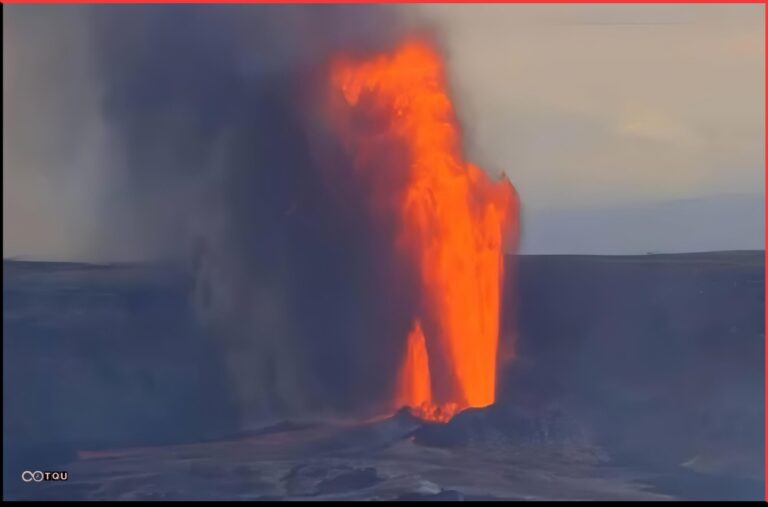New Delhi, June 1, 2025 — As Operation Sindoor progresses both on the ground and in global perception, India’s sharply redefined communication strategy has become a crucial asset in the war against terror and disinformation. Drawing from past lessons in Uri (2016), Balakot (2019), and post-strike media fallout, the Indian government has executed a plan built on clarity, control, and credibility.
Rather than getting caught in media spats or politically driven disinformation traps, India has chosen a disciplined, fact-based messaging approach that is increasingly shifting narratives in its favor—both domestically and internationally.
Learning from the Past: Overcoming Communication Pitfalls
In previous military operations, India’s strategic victories were often overshadowed by poor information management. Claims from Pakistan, amplified by sympathetic foreign media and internal political pressure, blurred public perception and forced Indian agencies to release sensitive data prematurely.
From the Balakot strike aftermath to the Abhinandan capture saga, India’s communication gaps became vulnerabilities. Western media often questioned India’s claims while downplaying evidence. This narrative vacuum allowed Pakistan’s disinformation campaigns to gain traction.
Operation Sindoor, however, marks a clean break from that trend.
Six Core Pillars of the Sindoor Communication Model
The Operation Sindoor communication strategy rests on six key principles:
-
Controlled Information Flow – Only designated officials deliver fact-based updates.
-
Operational Silence – No real-time confirmation or denial of sensitive tactical events.
-
Proof-Based Announcements – Successes are accompanied by satellite imagery and verifiable evidence.
-
Engaging Foreign Media on India’s Terms – Diplomats, not politicians, lead external messaging.
-
Government-to-Government Focus – Narrative is tailored for diplomatic corridors, not just public opinion.
-
Leveraging Digital Analysts – India’s influencer ecosystem translates complex defense facts for public morale and understanding.
Information Control: The Right Faces, the Right Message
From the outset, Operation Sindoor’s briefings featured Foreign Secretary Vikram Misri, Colonel Sophia Qureshi, and Wing Commander Vyomika Singh—an inclusive representation reflecting both professionalism and the operation’s symbolic intent, especially following the Pahalgam massacre.
Visual content, including a short film on past terror attacks, served to contextualize the operation without revealing sensitive intel. After targeted trolling of officials, military leaders like the DGMOs of all three services took over briefings, upholding the standard of intelligent, fact-first communication.
Staying Silent When It Matters Most
When Pakistan released claims of downed Rafales and other aircraft, India issued brief denials without over-engaging, allowing time to verify facts. Indian embassies and spokespeople avoided media traps, reiterating only that disinformation was being circulated.
This calm and consistent approach contrasted sharply with Pakistan’s reactive and contradictory statements, often based on unverifiable social media clips.
Proof Over Propaganda
India’s armed forces presented satellite images and technical data to support their operations. Meanwhile, Pakistan’s defence minister struggled on international television, citing random online posts as “proof.”
Such contrast only enhanced India’s global credibility. Even traditionally skeptical outlets like the New York Times admitted India had shown “a clear edge” in targeting Pakistani military infrastructure.
Taming the Foreign Press and Winning Diplomats
India’s strategy includes selective engagement with foreign media and direct messaging to global governments. Diplomats like Vikram Doraiswami and Shilpak Ambule deftly fielded tough questions, redirecting focus to India’s legal and moral stance against terrorism.
Beyond the press, officials like NSA Ajit Doval and EAM S. Jaishankar briefed international counterparts and 70 foreign military attachés, underlining India’s strategic maturity and restraint.
Digital Warriors: India’s Analyst Ecosystem Rises
India’s vast defense analyst and political commentary ecosystem on YouTube and social media helped shape public opinion and fight fake news. Analysts used technical acumen to debunk Pakistani propaganda, explain drone tactics, and reassure the Indian public.
This decentralized support system kept morale high and served as an organic counter-disinformation force.
The Trump Curveball and India’s Narrative Recovery
When U.S. President Donald Trump claimed credit for brokering the ceasefire, India faced public frustration. Many viewed it as a way to save face for Pakistan. PM Narendra Modi’s May 12 speech effectively reclaimed the narrative by reaffirming India’s dominance and setting new red lines: no talks until terror stops and a permanent doctrine on cross-border retaliation.
India’s messaging asserted that Pakistan had achieved none of its goals, while the conflict’s end was purely on India’s terms.
Phase 2: Going Global, Staying Grounded
In the latest phase, India formed seven all-party delegations of MPs to brief foreign governments directly—an unprecedented step. This effort not only projects national unity but also sidesteps media bias and builds international credibility from the ground up.
Additional evidence of Indian strikes is being released with expert commentary, ensuring that the messaging remains strong even beyond battlefield milestones.










